Retail sales were lower than expected in January, according to figures from the Office for National Statistics.
Sales by volume, excluding fuel, increased 2.6% last month year-on-year. This is less than the anticipated 3.9% jump and marks the slowest growth in more than a year.
Sales by value, excluding fuel, increased 2.9% year-on-year.
However, on a month-by-month basis, seasonally adjusted retail sales by volume and value dropped 0.2%, following the worst monthly slump since 2011 in December.
There was also a 0.4% fall in the three month growth rate – the first since December 2013.
Last week, the BRC KPMG sales monitor showed that retail sales fell 0.6% in January, with growth ”grounding to a halt”.
The Office for National Statistics (ONS) said that increased food and fuel prices are “significant factors in this slowdown”.
Rising inflation
Earlier this week, ONS figures indicated that inflation rose to its highest level in two and a half years at a time when wage growth was slowing down.
“Many are predicting 2017 to be a tough year for retailers, with the recent falls in sterling expected to push up inflation and as a result, put a squeeze on household spending”
PwC retail and consumer director Stephanie Bloor
ONS senior statistician Kate Davies said: “We have seen falls in month-on-month seasonally adjusted retail sales, both in conventional stores and online, and the evidence suggests that increased prices in fuel and food are significant factors in this slowdown.”
Average store prices, including fuel, increased 1.9% year-on-year.
PwC senior economic adviser Andrew Sentance added: “These figures provide the clearest evidence yet that rising prices will squeeze consumer spending throughout this year and into 2018.
“A sharp turnaround in the inflation environment has put a sharp brake on the growth of retail spending – and we are likely to see more of the same as we move through 2017 and next year.
“As we saw in the early 2010s, it is hard for retailers and other consumer businesses to achieve high volume growth when inflation is high and wages are not rising to compensate. This is the pattern we should expect to see repeated in 2017 and 2018.”
Online retail sales
Online sales jumped 10.1% year-on-year, but fell on a month-by-month basis by 7.2%.
In January, online sales accounted for approximately 14.6% of all retail spending.
Looking ahead
PwC retail and consumer director Stephanie Bloor said: “January has never traditionally been a good month for retailers, particular in the food and grocery sector. We would expect sales to be more upbeat next month.
“Many are predicting 2017 to be a tough year for retailers, with the recent falls in sterling expected to push up inflation and as a result, put a squeeze on household spending.
“Couple this with the higher product import costs, rising employee costs and in certain cases higher business rates, and companies could feel some pressure.
“Hopefully, February will provide some love to the retail industry, particular from Valentine’s Day.”
Independent retail analyst Nick Bubb argued the figures appeared weak because the ONS revised its small retailers estimates.
The real reason the ONS Retail Sales figures are weak is that they have at last revised down their absurdly high "Small Retailers" estimates
— Nick Bubb (@NickBubb1) February 17, 2017


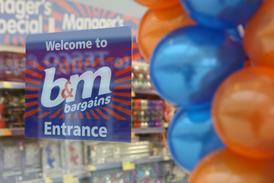
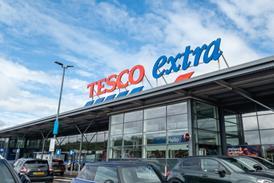














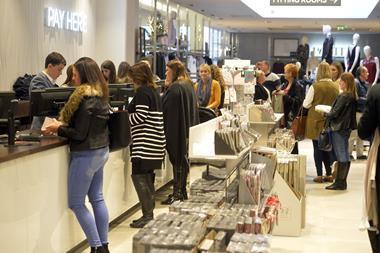
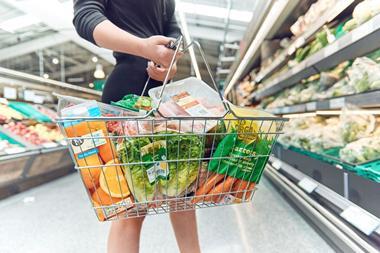

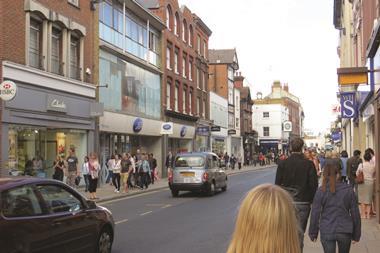
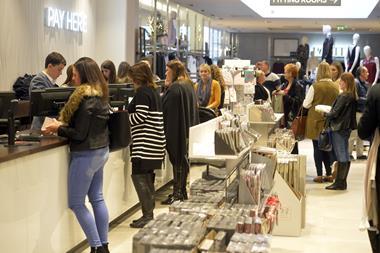
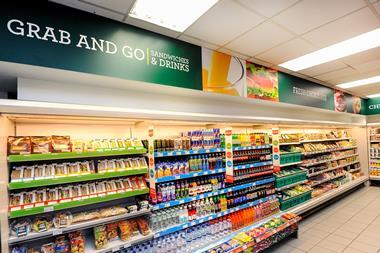
1 Reader's comment